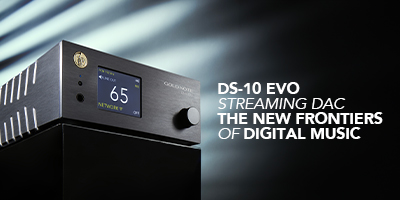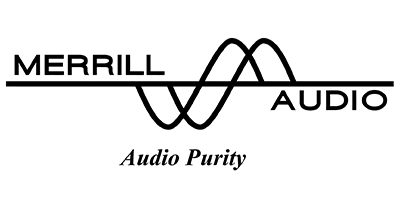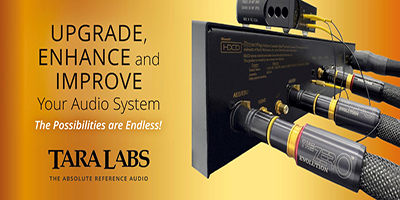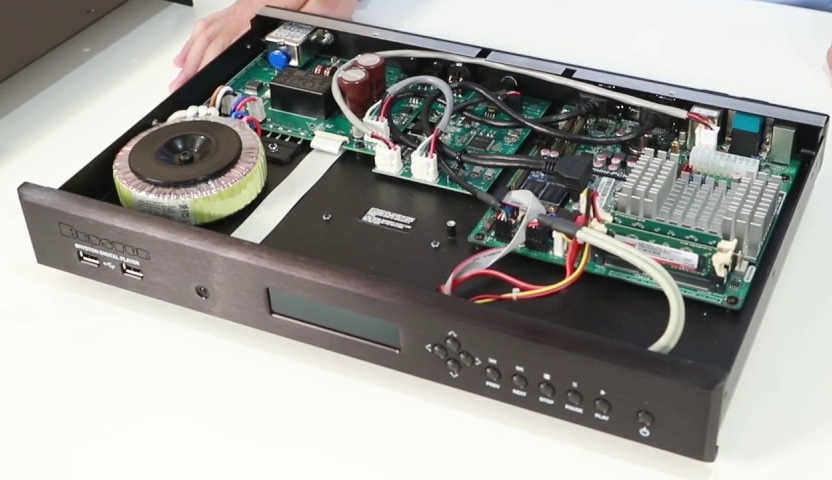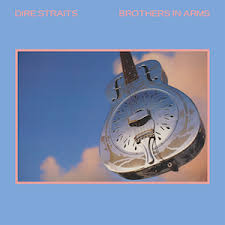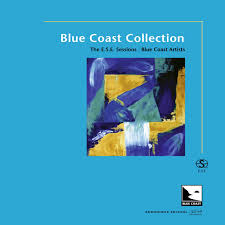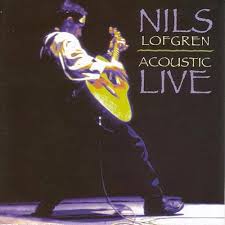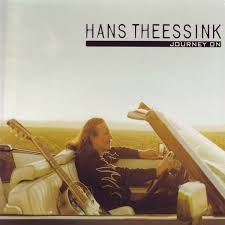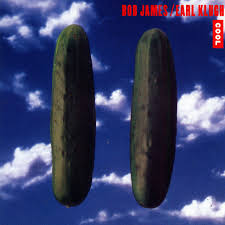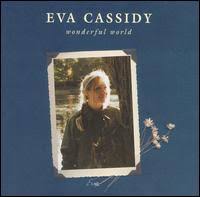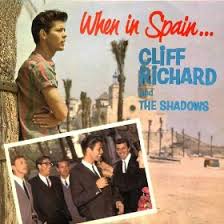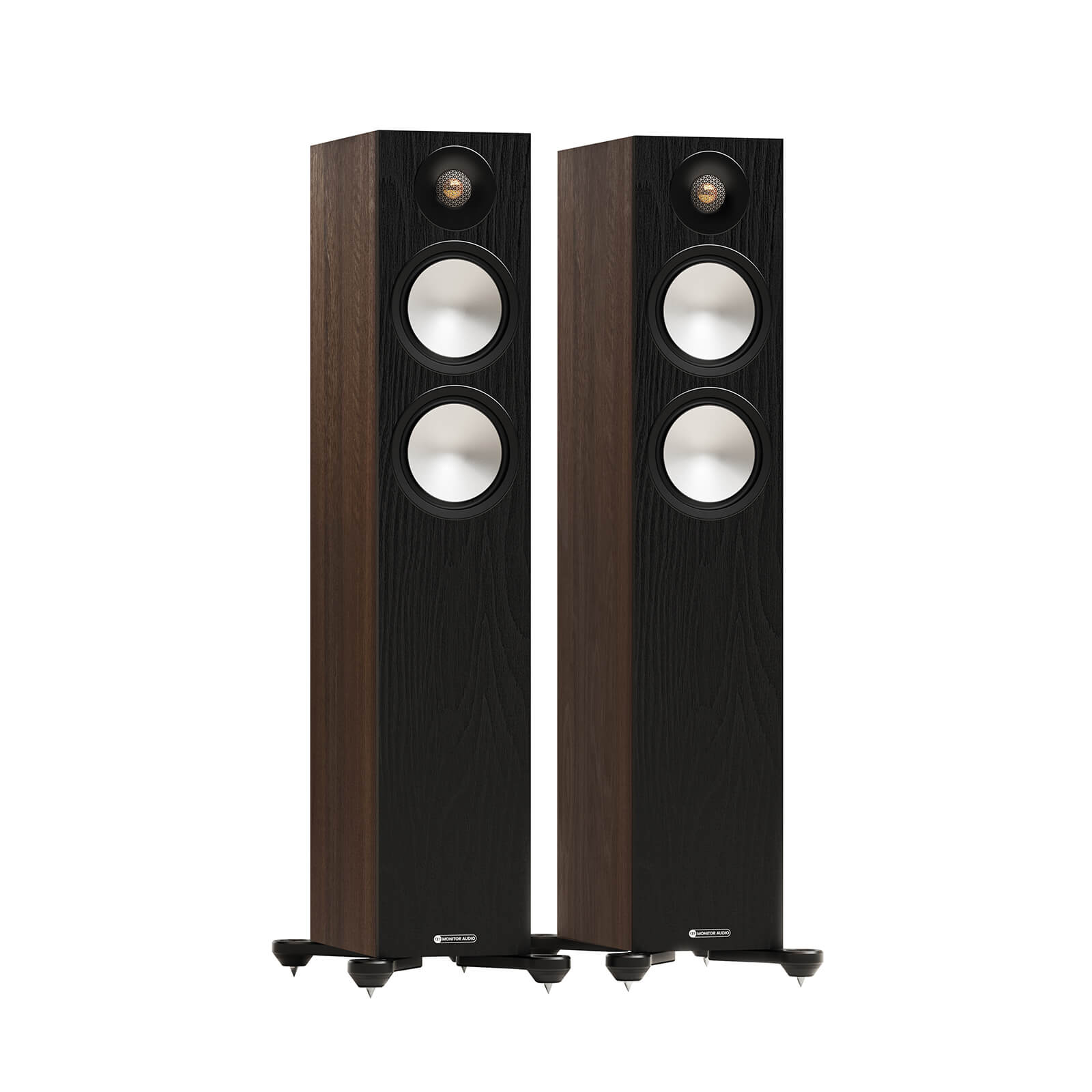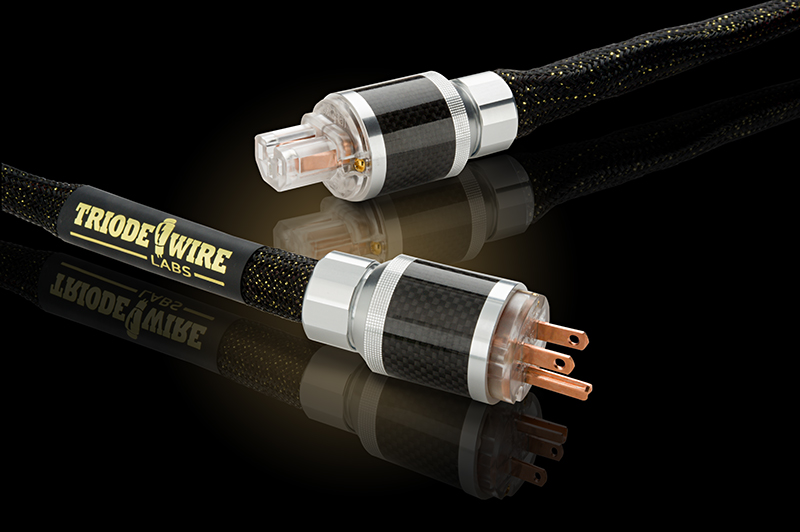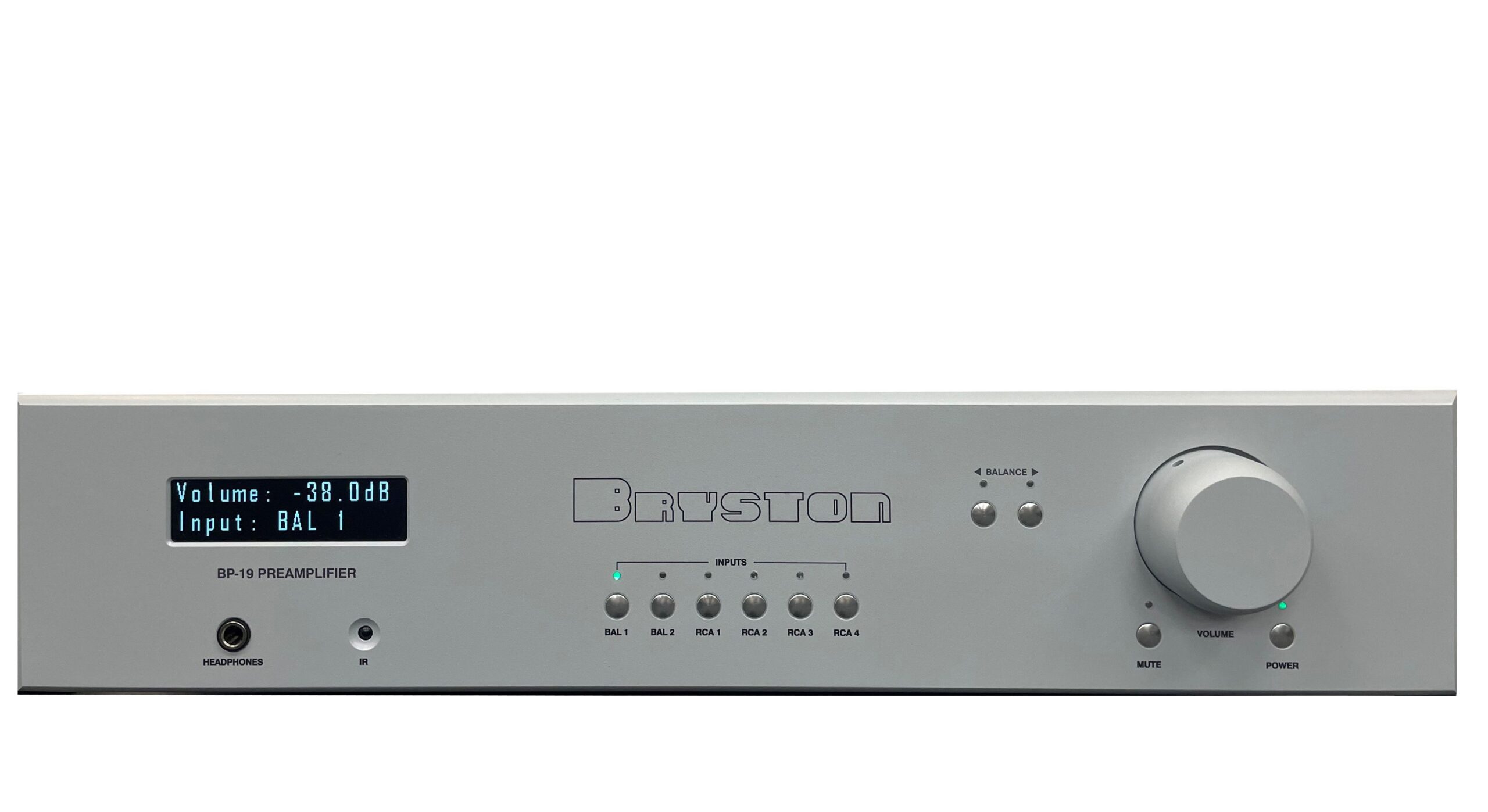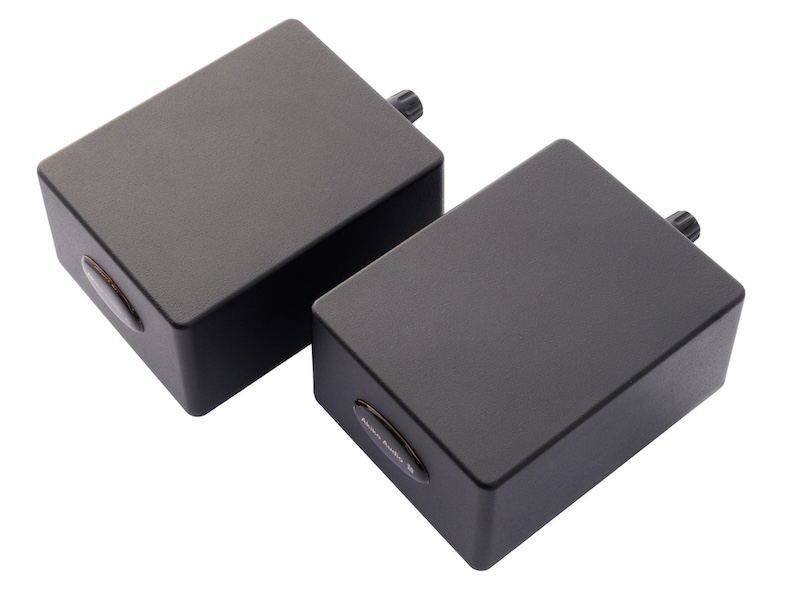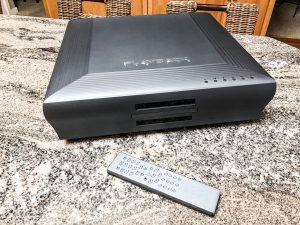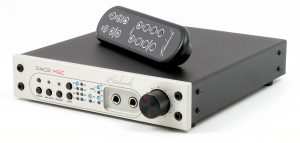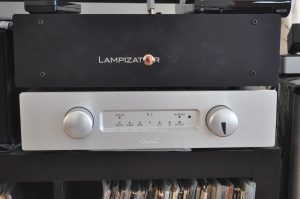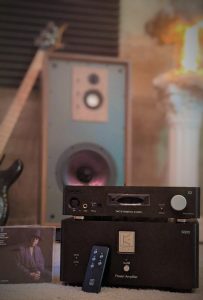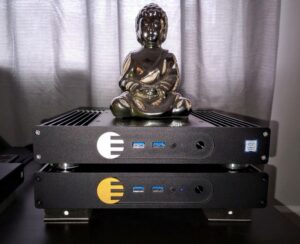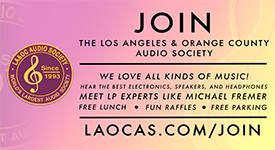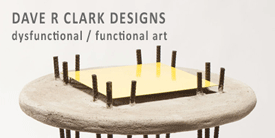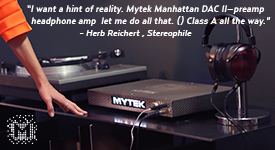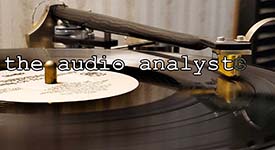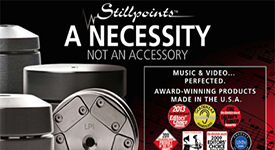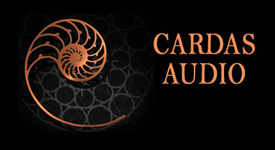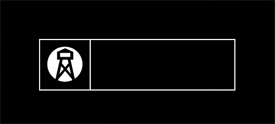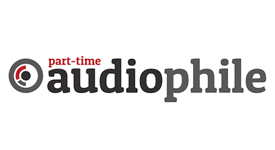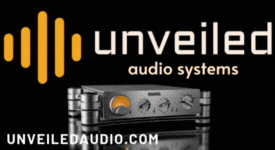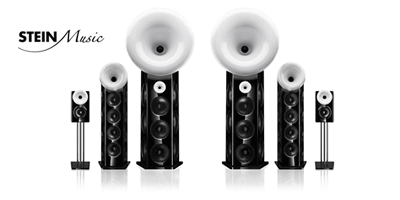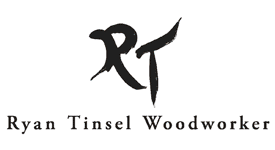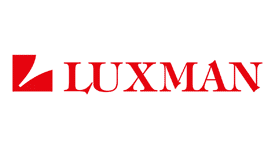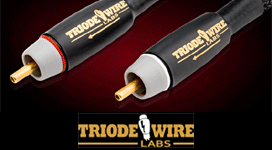The audiophile digital music software scene has undergone a dramatic transformation over the past decade. Streaming services have increased their dominance and almost every audiophile I know, has transferred most of their CDs into digital files and stored them in multi-terabyte hard drives, especially since the price of very high-capacity hard drives, even SSD versions, has dropped quite exponentially.
I am no exception. Now most of my quarter of a million digital music tracks, most of them in Red Book and high-rez formats, are stored in 14TB hard drives and 8TB SSD drives with back-ups for everything.
Given this scenario, over the past decade, what has become very popular in the audiophile community, are devices that can help you organize, access and play back your digital music collection in the most convenient, reliable and enjoyable way possible. One of the more popular devices belonging to this genre of equipment is the Bryston Digital Player series.
Bryston is proudly Canadian and began its journey in 1962 as a medical equipment manufacturer. In 1968 it was bought by John W. Russell who used to work as an engineer at NASA. During the 1970s, John together with his three sons, Chris, Brian and John D., changed the Company's focus to audio amplification products for home, commercial and professional applications. James Tanner joined Bryston in 1976. He initially joined part-time while working as a firefighter, but eventually rose up the ranks to become Vice President and then to the position of CEO.
The team at Bryston were determined to design and produce audio amplifiers, that were as reliable and accurate as existing technology would allow. Towards this end, John started using manufacturing technics, materials and assembly methods that he used during his stint at NASA and which were then mainly utilized by the military and aerospace industry. They were proud of the fact that all their products were and still are hand built.
Their untiring efforts were rewarded when some of the world's legendary music professionals and recording studios started using Bryston products and set them on their way to becoming what they are today; a highly respected brand that audiophile all over the world hold in the highest esteem. Today Bryston has over 150 dealers in North America and in 60 countries around the world.
In 2011, Bryston burnished its reputation as a world-renowned Canadian Hi-Fi legend by being daring enough to pioneer the design and manufacturing of a new genre of equipment; digital music players. The first model was the BDP-1. As the saying goes, "Pioneers take arrows in the back". This truism manifested itself when the BDP-1 stirred up a fair amount of controversy because of its configuration, which on the surface, seemed to be just a glorified, overpriced computer that was exclusively designed to play digital music, thereby eliminating all the noise that usually gets into the music when the digital tracks are played via a conventional computer.
However, there were enough knowledgeable, mature and thoughtful audiophiles who cared enough to look deeper and thereby discover that the BDP-1, rather than being just a glorified computer, is one of the best and most cost-effective ways to enjoy your digital music collection and therefore worth the asking price. I was one of the early adopters, buying a BDP-1 with a serial number of 34. That unit served me very well for 14 long years before I needed to upgrade it.
The BDP series definitely validates the claim that James Tanner, the CEO of Bryston made, when he said "..…the BDP's sole purpose is to play your music with the greatest possible fidelity without the burden of deep computer knowledge."
Over the past decade, Bryston's BDP series has gone from the BDP-1 to the BDP-2 and then to the current iteration—the BDP-3. Bryston's selling point for the BDP series is that it reads your digital music files and then delivers bit-perfect signals to your digital to analog converter in the most user-friendly way possible.
However, when I upgraded to the BDP-3, besides the added convenience and the capacity to handle vastly more digital files than its predecessors, I found the sound quality to be distinctly superior to its predecessors; and the audiophile community seems to agree with me, which accounts for the fact that you can purchase a previously owned BDP-1 for around $500 but you would have to fork out a much steeper $2000 or more for a previously owned BDP-3. Audiophiles have voted with their wallet in proclaiming that the BDP-3 delivers features and performance that is worth paying 4-times more than what you would pay for a previously owned BDP-1.
Of course, you have the option of choosing digital processing software like Audirvana, J River Media or ROON, but you would then need to use a computer that is linked to the network where your music server resides. With this configuration, you then have to reconcile to the fact that computers are typically noisy and prone to interference which could distort the music signal. In the case of ROON, you can transcend this problem by investing in a Roon Nucleus, but that option is not exactly cheap.
The added benefit of the BDP series, is that they are very well built, have a very sleek brushed aluminum façade and they are designed to have similar dimensions to your other audio components which gives your system a better aesthetic appearance.
Bryston has maintained the overall façade of the BDP series in the BDP-3 but there are some notable differences in the rear. In addition to the two USB sockets in the front, the back has three USB-3 sockets, two of which have a separate bus to allow compatibility with the Streamlength protocol that some DACs require. The rear also has three USB-2 sockets. All the USB sockets are bi-directional so they can be used as both inputs and outputs, giving the BDP-3 a lot of flexibility, including using them to output a signal to a USB equipped DAC.
In the rear, you can also connect your network via an Ethernet socket. Professional installers can use the RSR232 serial port and 12V triggers for custom jobs and environments. In addition to the USB sockets, you can also connect the BDP-3 to a DAC via an HDMI, BNC coaxial or an AES/EBU connection. I would recommend going the USB route for the highest music resolution like 384kHz/32-bit and DSD 64 and DSD128. The SPDIF and AES/EBU are not compatible with resolutions above 192kHz/24-bit or with DSD signals. The HDMI can use used only for audio and can handle 192kHz/24-bit PCM as well as DSD64.
The BDP-3 is powered by a Celeron motherboard that has 8GB RAM, a proprietary low-jitter Integrated Audio Device that works with the digital outputs and a high current, linear power supply.
You also have the option of ordering the BDP-3 with a 2.5-inch internal drive or you can install one yourself. My BDP-3 came with a 1TB, internal drive and that holds well over 10,000 Red Book and high-resolution tracks which is a huge advantage, as few audiophiles have a digital library which is larger than that. For most audiophiles, installing a 2TB internal drive should eliminate the need to ever attach an external drive to the BDP-3.
If you do go the internal drive route, you can use the players UPnP and DLNA compatibility to transfer files to it from your network attached server or any connected external USB drives.
The BDP-3 interface offers a system set-up option and a feature-rich digital music player. ROON subscribers can also use the BDP-3 as a ROON end point so that you can then use ROON's unrivalled ability to organize and access your music library and its DSP tweaking options. The BDP-3 interface also lets you access TIDAL or Qobuz streaming and Internet Radio.
You can manipulate the BDP-3 via the provided remote control or through your computer, tablet or smart phone that operates on the same network. If you do not have an active network, you can use Bryston's WiFi adaptor to create a WiFi connection that accesses and uses the control interface. Going down this route has the added benefit of dispensing with any Ethernet cabling requirements or network. Having said this, Bryston highly recommends a wired system.
In my system, the Bryston BDP-3 has been connected to my network via an Ethernet cable and linked to my Calyx Femto DAC via a Cardas Clear Beyond AES/EBU cable. To accommodate my unusually large library of over quarter of a million tracks, I have also attached a Samsung 8TB SSD drive directly to the BDP-3 via a Cardas USB cable.
The other components in the system used to audition the BDP-3 include the Bryston BP-19 preamplifier, Pass Labs XA-100.8 mono block power amplifiers, ACA Seraphim Skogrand Edition speakers, Cardas Clear Beyond speaker cables and interconnects, Isotek Sigma power conditioners and a full complement of Akiko Audio sound enhancing tweaks.
I began the audition with the track "Why Worry" by Dire Straits from their legendary Brothers in Arms album. Played by the BDP-3, I enjoyed this track a lot more than I ever had before because Mark Knopfler's gravelly voice came through with aplomb. The sheer emotion through the soul lifting lyrics gave me goosebumps galore.
I then played Garett Brennan's "The Dog Song" from the Blue Coast Collection Remastered Album. This is a track that has been incredibly well recorded by the inimitable Cookie Marenco. The BDP-3 rendered the song with such wonderful presence and clarity, when listening with my eyes closed, I felt that I could almost reach out and touch Gareth as he caressed the strings of his guitar.
Next up was "Keith Don't Go" by Nils Lofgren from his Acoustic Live Album. Few tracks have the kind of upper bass energy like this one. However, the BDP-3 took it to a completely different level where I could only listen in wonder as to how just one guy, his voice and his guitar could sound so full, so energetic and so dynamic.
In 1948, Muddy Waters released "I Feel Like Going Home" as the B-side to his single "I Can't Be Satisfied." The song is considered a classic of the Chicago blues and helped to establish Waters' popularity in the genre. It features Waters on vocals and slide guitar.
Hans Theessink released a cover version of "I Feel Like Going Home", on his Journey On album and it proves that a cover can be better than the original. It's true that the original Muddy Waters version is superb, but I much prefer Theessink's version, especially through the BDP-3, because his deep, sonorous voice was played back with such bloom, warmth and ambience, it took the enjoyment of this track up a couple of notches. The first time I heard Hans Theessink, I pictured a huge African American singer from the deep south. I was surprised that he turned out to be a white Dutch singer with long flowing locks of hair and an affable smile.
I then played an instrumental named "San Deigo Stomp" by Bob James and Earl Klug from their Cool album. This is a very rhythmic and complex track that is incredibly well arrange and a beat that is truly infectious. The incredibly accurate pace, rhythm and timing with which the BDP-3 played this track, got my head bobbing and my feet tapping with great enthusiasm.
To test female vocals, I used the track "What a Wonderful World," by Eva Cassidy from her Wonderful World album. This Louis Armstrong all time classic is one of my favorites especially because of the inspired lyrics. Cassidy's version of this song when played through the BDP-3 has oodles of emotion and the transients came through with almost the same accuracy as what you would expect to hear at a live performance.
I ended the audition with an oldie but goodie—Cliff Richard's "Cancione de Orfeo" from his When in Spain album. This track has a couple of Spanish Guitarists backing up Cliff and the way they blend their guitar prowess with his voice are very commendable. Every guitar strum came through with precision and clarity and a good deal of air. The accuracy of the timbre and texture was truly breathtaking. The reproduction of Cliff's crooning made it amply evident of the range and control this singer has over his melodious voice.
Whatever genre I throw at the BDP-3, the ease and accuracy with which it reproduces the music is truly neutral and engaging. The sonic renderings of all my digital music files are effortless and the audible compression even at loud volume levels is minimal. The bass is tight, tuneful and controlled. The midrange is crisp, lush and uncolored and the treble is sweet and delicate. The imaging is very accurate and stable. I can turn the volume to unusually low levels before I stop hearing any nuances, details and subtleties in the music.
I can, hand on heart, say that the Bryston BDP-3 has got to be one of the most pleasurable digital music players I have ever heard! It rivals my Roon Nucleus Plus in many respects and it does not need a subscription. The only significant feature advantage that the Nucleus Plus has over the BDP-3, is its superb up-sampling engine which, when used judiciously, to my ears, makes Red Book tracks sound fuller, more saturated. If Bryston ever introduces a BDP-4, I would dearly like to see it equipped with an equally good if not better up-sampling engine.
If you have a large digital music collection and are currently enjoying it through one of the previous generations of Bryston's BDP series or another digital music player that is not as technologically advanced, well-built, aesthetically pleasing or feature-rich as the BDP-3, it would behove you to upgrade to the BDP-3; it is well worth the cost; and your ears with thank you for it.
BDP-3 Digital Player
Retail: $4495
Bryston
2885 Highway 60
Dwight, Ontario
Canada P0A 1H0
800.632.8217 / 705.742.5323

